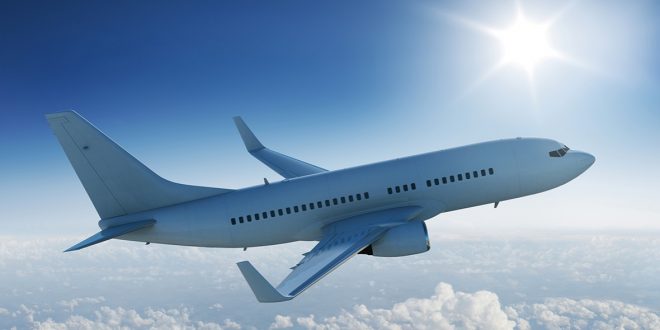By: Antonia Zhou
Many people in the Bay Area are familiar with the roaring sounds of airplane engines. Between San Jose to San Francisco, one can frequently hear these transcontinental planes overhead. The noises have been long regarded as a disturbance to daily life. Luckily, the future looks promising: a group at the Japan Aerospace Exploration Agency (JAXA) has been researching ways to reduce the airplane noise during flight.
An airplane produces the loudest sounds during both takeoff and landing, as the airplane’s engines produces a loud noise as it shuts down. However, as rules regarding aircraft noise are becoming increasingly stringent, airlines look to develop quieter aircrafts.
In the past, researchers mainly focused on the engine of the aircraft. However, this Japanese team also studied the aircraft’s wheels, wings, and body as factors contributing to the overall noise. They have pinpointed the main culprits of noise: the slats and flaps (located on the wings) and the landing gear. All are important to the flying power of an aircraft, but also contribute greatly to the airplane noise.
The JAXA manager overseeing the research has acknowledged their goal to reduce noise as challenging. Due to the different structure of each airplane component, the noise reduction device needs to be tailored to each part. The slats, flaps, and landing gear are challenging because they must move during flight, and cannot have their motion obstructed. Even so, they have designed a possible solution.
The JAXA team used computer imaging to replicate the structure of noise-producing airplanes. Noise reduction devices were then designed for different aircraft parts. Finally, the research team tested the effectiveness of these devices in wind tunnels.
Because the test aircraft did not have any slats on the wings, the team only tested their noise reduction devices on the flaps and landing gear. They flew their test aircraft for a total of twenty five hours at 30-60 meters above ground level and collected data, and the end results show that their noise reduction devices lowered noise by about two decibels.
Although two decibels may seem like very little, it is a large step towards an even larger goal. The JAXA team hopes to further develop and sell their noise control technology to Japan’s manufacturing industry by 2030, and perhaps by then airplanes will become less of a disturbance in our lives.
 Tempus Magazine By Students, For Students
Tempus Magazine By Students, For Students 



